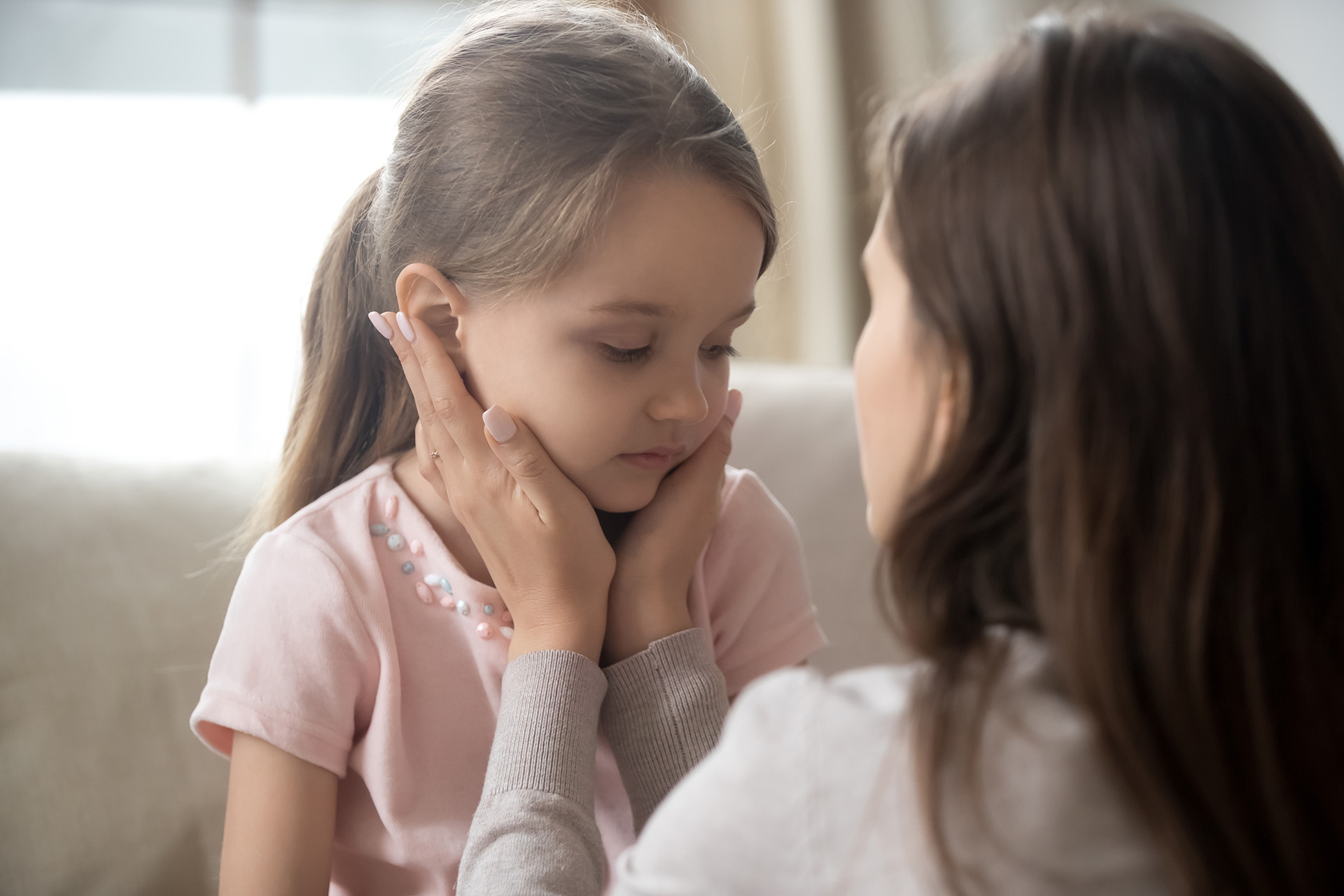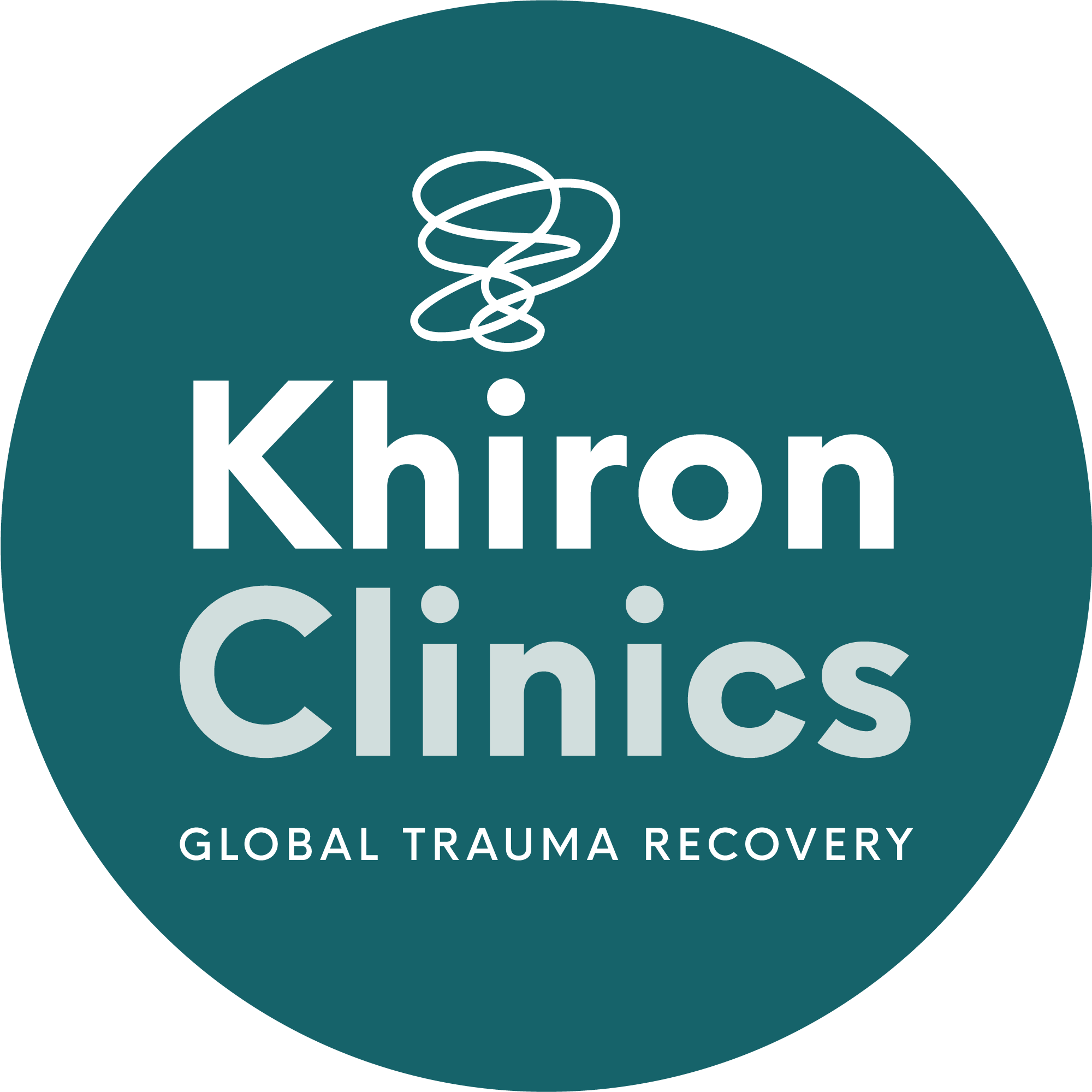When children and adolescents have experienced trauma, it can greatly impact their nervous system. This leaves them more vulnerable to physical ailments such as digestive problems, aches and pains, accidents and general ill health. Unfortunately, these individuals often find themselves constantly navigating GPs, school nurse’s offices, hospital waiting rooms and other medical environments, which can further contribute to their stress and physical discomfort.
It is far more common for individuals who have experienced the physical side effects of trauma to struggle with medical trauma. They are, therefore, likely to feel triggered by environments that appear overtly clinical 1.
What Is Medical Trauma?
As a child, it can be difficult to understand the invasive procedures, unfamiliar spaces and strange sensations that come with professional healthcare. Medical trauma can result from uncomfortable treatment experiences or anxiety-inducing experiences in a medical setting.
Unlike adults, children and adolescents are less able to understand the necessity for certain treatments. Furthermore, children can sometimes feel a lack of autonomy and power. Not only is this cause for great distress, but it can also have a lasting impact on how they view the safety of their body 2.
Caregivers
Caregivers, who bear the weight of their child’s physical and mental health struggles, can find that this significantly affects their well-being. As a result, they may also develop an aversion to medical settings due to the stress and anxiety they trigger 3. Children and adolescents are highly perceptive and can sense this apprehension, exacerbating their existing worries.
It is therefore imperative that caregivers have trust in the support services being provided to their children. Otherwise, they will give off unconscious signs that this environment is not to be trusted. By working closely with caregivers and parents, it is possible to promote safe and nurturing environments that reduce the impact of medical trauma.
Effects
The specific impacts of medical trauma are unique for each child. However, certain variables are likely to influence the nature of medical trauma:
Age – Infants may experience medical trauma through separation from their caregiver. Meanwhile, toddlers may lose autonomy in dressing, feeding and caring for themselves; this can greatly impact confidence. For preschoolers with more developed brains, their imagination can lead to traumatising interpretations of medical events 4.
Caregiver Response – As discussed, a caregiver’s reaction can hugely impact a child’s distress levels. This is not to place blame on parents or caregivers; having a child with mental or physical challenges is highly upsetting. However, some parents are more informed on treatment processes than others. For example, if a parent is a doctor, they will show fewer signs of upset during a blood test.
Expertise of Clinicians – When a clinician is trauma-informed, they will understand how best to treat children and adolescents. However, this framework is relatively recent. Although health policies endorse trauma-informed care in the UK, there is no specific legislation or funding. Consequently, well-intentioned clinicians and healthcare professionals can sometimes be unaware of how their actions impact young and highly vulnerable patients 5.
These are just a few examples of the intersecting factors that shape the nature of medical trauma. They highlight the fact that no form of medical trauma will be the same, its impact varies from person to person.
Trauma-Informed Approaches
Trauma-informed approaches to mental health support are vital for children and adolescents who have experienced trauma. In the context of medical trauma, this means empowering individuals to express pain, discomfort and anxiety.
When children and adolescents show visible signs of distress, clinicians and caregivers naturally want to reassure them. However, phrases such as “Don’t worry” or “You’re completely fine” can exacerbate pain and upset. This is because the child is expected to ignore their discomfort and simply trust in the people who appear to be hurting them. Instead, it is far more beneficial to distract children by engaging in play. This approach metabolises pain management in the body, reducing stress and anxiety levels 6.
Despite the rise of trauma-informed approaches in hospitals and other medical settings, there are many children and adolescents who continue to struggle with medical trauma. So what can clinicians and caregivers do to support these individuals?
How to Support Children and Adolescents
Children and adolescents who are wary of mental and physical health treatments require specialised experts trained in the latest therapeutic interventions. Khiron Kids is an environment where children and adolescents can feel supported and nurtured in a familiar setting. Our clinic is trauma-focused and nervous system-informed. We also offer a variety of innovative therapeutic modalities, including play therapy, EMDR, art therapy and more.
We foster dignified and empowering healing by collaborating closely with parents, caregivers and family members and allowing them to become actively informed on the treatment process. Family involvement plays a significant role in our approach as it is a crucial way to promote positive outcomes. As such, we offer parent and carer support, parent and family groups and consultations with schools and community organisations. Our ultimate goal is to create safe and healing environments that facilitate comfort for all children and adolescents.
Endnotes
1. Laricchiuta D, Panuccio A, Picerni E, Biondo D, Genovesi B, Petrosini L. The body keeps the score: the neurobiological profile of traumatized adolescents. Neuroscience & Biobehavioral Reviews. 2023 Jan 4:105033.
2. Peterson, Sarah. “Medical Trauma.” The National Child Traumatic Stress Network, May 25, 2018. https://www.nctsn.org/what-is-child-trauma/trauma-types/medical-trauma.
3. Peterson, Sarah. “Effects.” The National Child Traumatic Stress Network, March 19, 2018. https://www.nctsn.org/what-is-child-trauma/trauma-types/medical-trauma/effects.
4. Alexandra C De Young, PhD and others, Topical Review: Medical Trauma During Early Childhood, Journal of Pediatric Psychology, Volume 46, Issue 7, August 2021, Pages 739–746,
5. Emsley E, Smith J, Martin D, Lewis NV. Trauma-informed care in the UK: where are we? A qualitative study of health policies and professional perspectives. BMC Health Services Research. 2022 Dec;22(1):1-2.
6. Kassam-Adams, Nancy, and Lucas Butler. “What Do Clinicians Caring for Children Need to Know about Pediatric Medical Traumatic Stress and the Ethics of Trauma-Informed Approaches?” Journal of Ethics | American Medical Association, August 1, 2017. https://journalofethics.ama-assn.org/article/what-do-clinicians-caring-children-need-know-about-pediatric-medical-traumatic-stress-and-ethics/2017-08.



